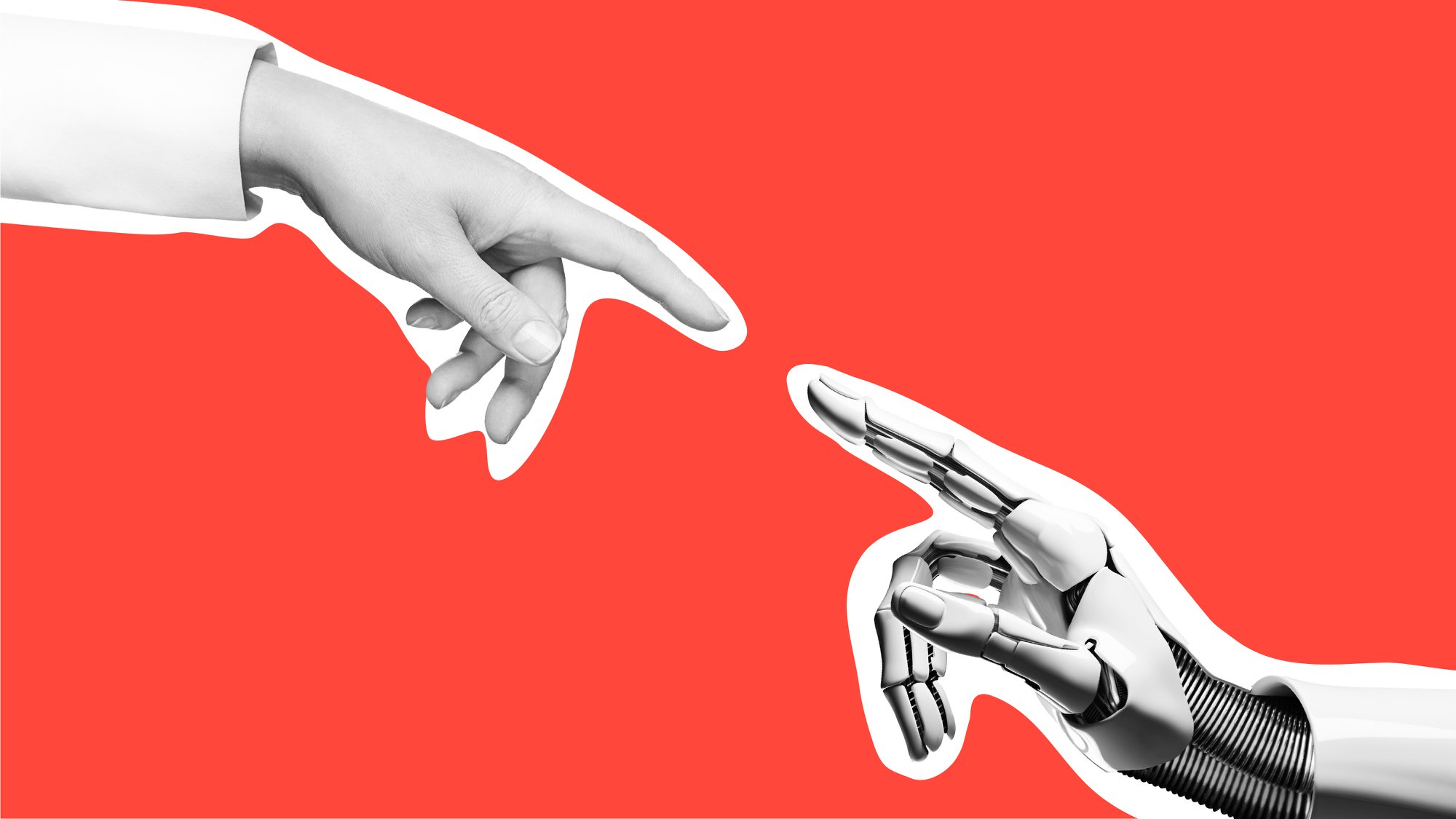People build brands and brands build businesses

Download ‘People Build Brands and Brands Build Businesses’
By Stephen Kelly, Global Head of HR, IBM Global Business Services, and Cliff Ettridge, Director, The Team
The title of this article says it all. Unless an organisation is prepared to invest in its talent, then everything else falls down. No matter what sector the brand is in, people build brands and brands build businesses.
This is why IBM is obsessed with the talent agenda. IBM Services accounts for over 250,000 employees. To put that into perspective, that’s a population larger than Brighton in the UK, or Salt Lake City in the USA. Getting a consistent employee experience across all touchpoints is tough. Geography; team size; leadership style; and role type, all these factors will influence the employee experience, and yet it is consistency that sits at the heart of any employer brand.
An employer brand is not just slick advertising and a smart careers website. A great employer brand depends on creating consistent, high-quality experiences that back up your employer brand promise. Because, while brands make promises, those promises are only delivered through experiences.
A great employer brand depends on creating consistent, high-quality experiences that back up your employer brand promise.
An employer brand is not what you say about your company, it’s what your employees say about it. If your employees find it difficult to get things done; hard to get any training and feel it’s rare for a manager to take interest, then that’s the real employer brand.
Inside IBM, the employer brand strategy is focused on getting the experience right first. To bring this to life inside the global business consulting arm of IBM, we have resisted the temptation to start marketing our employer brand and instead we are using it to redesign our graduate experience; and emphasise the importance of skills in the career experience of every leader and IBMer. When all these and many other aspects come together, the business will be ready to start communicating its specific employer brand message to the outside world.
Don’t make the mistake of going for the attractive careers site or pushing out the social media messaging if all you’ll do is perpetuate a lie.
Today, across industries, the quit rate among employees in the U.S. is at an all-time high for a number of factors. It happens in economies that are buoyant. Employees are naturally more predisposed to make the leap. In the technology sector, attrition is commonly in the region of 13+%. As HR and brand experts, we can fight those figures, or accept them as fact. We live in a world where workers are taking control; from Uber drivers to Cloud developers, people are maximising their value. The balance of power is shifting from employer to employee.
When it comes to employer brands, HR teams need to understand this shift in relationship and provide offers and experiences that match a worker’s changing needs.
When it comes to employer brands, HR teams need to understand this shift in relationship and provide offers and experiences that match a worker’s changing needs. Where the employer brand was once paternalistic, it now needs to become more adult-to-adult and understand the value transactions that employees want. In the technology sector, skills are essential – the half-life for some technology skills stands at 8 months. Reinvention and reskilling are essential if employees are to retain their value in the marketplace. That is what technology brands should be prioritising to attract and retain the talent they need. It is all about staying ahead to be essential.
In creative industries, understanding the power of data and the ability to extract insight from that data is critical. Employees seeking careers in the creative sector want to be able to find a place where they can apply their art across the entire user experience and work with like-minded people. They want a home.
As employers, we need to start to learn to create workplaces where reward looks different: where it is tied to skills development; kudos and greater incentivisation; all linked to a broader set of KPIs like soft skills, the propensity to learn and share, and project ROI. The experience and the ‘get’ for employers have to be tailored far more to each individual and each sector. It’s simply not good enough to follow functional best practice – brands have to differentiate. This is the experience HR and Communication teams need to work together to create.




